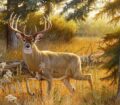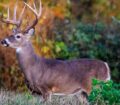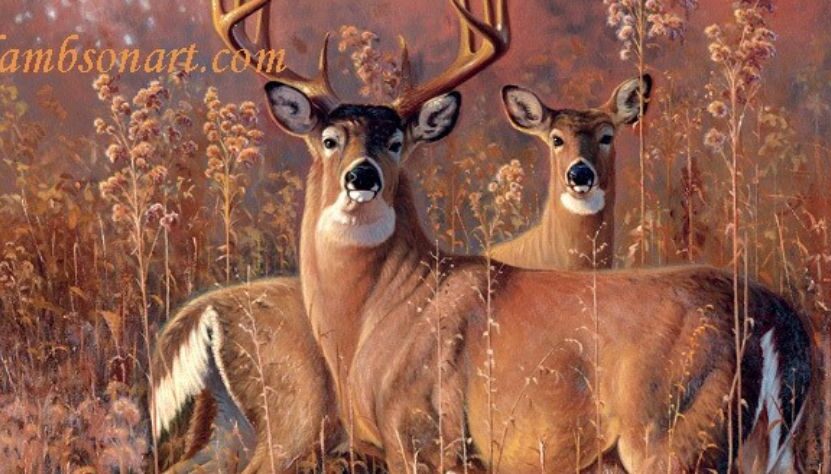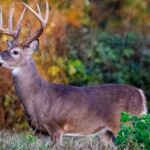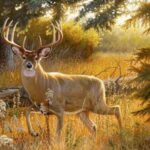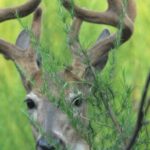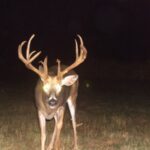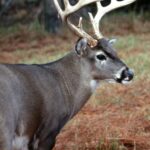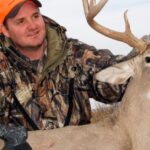Editor’s Note: Two ways of bagging a buck include luck, which is a factor that a majority of hunters in many areas depend on solely, and experience—knowing the buck, his movement patterns, his behavior patterns, and what causes him to move from one place to another. Being able to predict deer movement is an important trait of the hunter who bags a buck year after year. Only a small amount of guesswork is involved in this type of hunting. The sportsman takes a set of given facts, studies the terrain, the available food, the deer’s mating habits, and the weather in his region, correlates them with deer signs he finds where he’s hunting, and comes up with a hunt plan that logically will put him in a position to see and have the best odds to bag a buck on any given day he hunts.
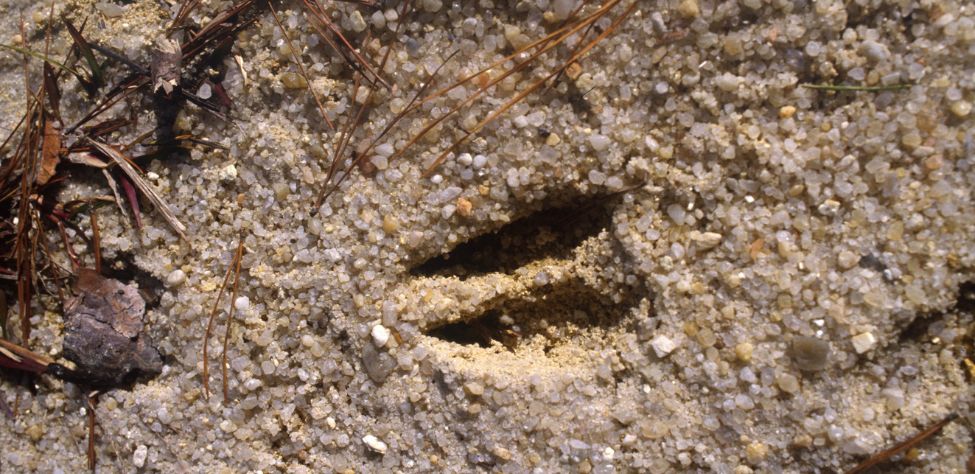
The more you look at deer tracks and the harder you search for tracks, the better you’ll be able to interpret where the deer are going when they’ve made the tracks. “Hunters will go even further into the woods and identify the holding area where the deer holds during daylight hours when the hunting pressure is on,” Dr. Robert Sheppard of Tuscaloosa, Alabama, a longtime deer hunter who also teaches in deer-hunting schools, reports. “This is the most difficult pattern to try and interpret. But if you can follow a deer track and find some type of thick cover—a briar thicket, a pine thicket, a cutover field, or some type of heavy foliage—where the deer have plenty of cover to hide in and maybe stay during daylight hours, then you’ve located a region to scout for your end-of-season hunting.
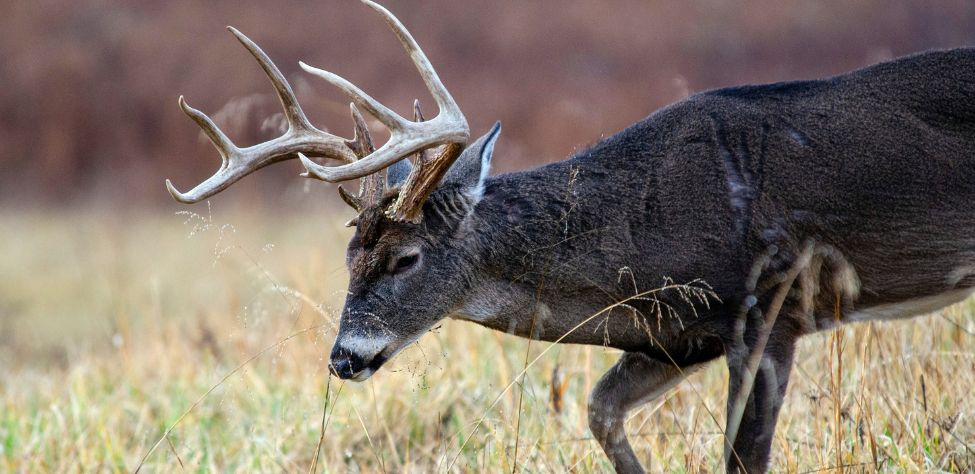
“Scouting thickets is much like the scouting that you’ve done at the beginning of the season when you’ve scouted the fields. Just because you find tracks coming into or out of a thicket, you still don’t have enough evidence to set up a tree stand or a ground blind to try and take a deer at that particular point. Walk around the thicket. If the thicket is large enough and more than one deer is utilizing this cover during daylight hours, you’ll probably locate several places on the edge of the thicket where the tracks go both into and out of the thicket. Once again, place a tree stand or designate a tree or a ground-blind site for a stand.
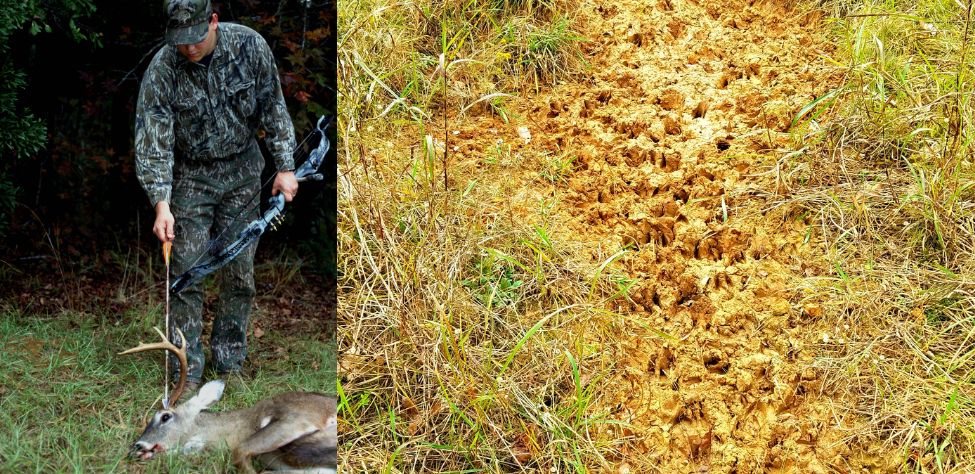
“Take your compass or GPS out, determine which way your stand should be facing, and which way you’ll have to approach that stand with a favorable wind. Then you can plan your hunt and determine which stand you’ll hunt from according to the wind direction on the morning of your hunt. The advantage of these stands is that you can catch your deer in the mornings, coming from the food source going into the thicket, or in the middle of the day if they’ve been to the food source coming into the thicket. These late-season thicket patterns may provide your best all-day hunting. All of these patterns work well in areas during gun season with little or no hunter pressure. In gun season, anyone who plans to bowhunt will have to hunt in thick cover, will be required to cut shooting lanes, and will have to accept the fact that he’ll see fewer deer.
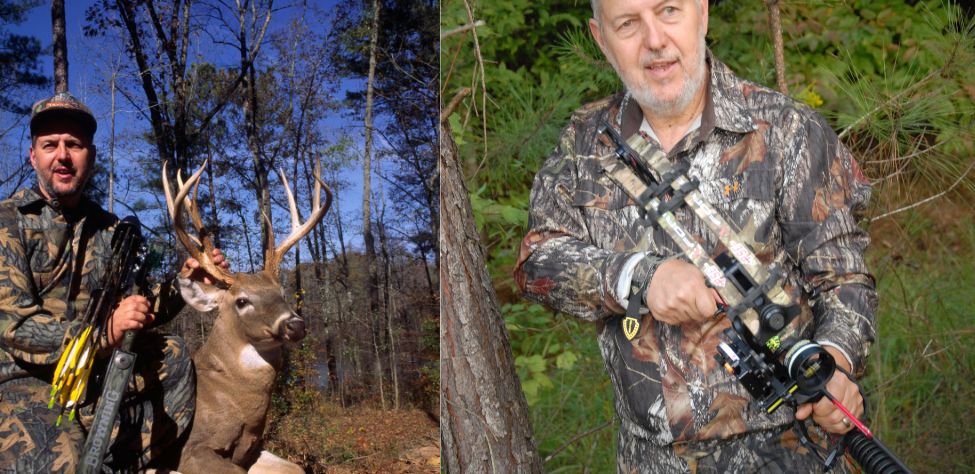
“At the end of the season, strict attention must be paid to every detail of deer hunting to be successful. The deer are alert and looking for danger. Although the wind is a key factor in keeping the hunter’s scent out of his hunting area, equally important is the sportsman’s approach to the stand. When gun season is in, I take a rake into the woods with me to make a path from my tree and stand back 150 yards toward where I enter the woods. Then I can walk to my stand without making noise on the morning I plan to hunt. I normally take 15 minutes to get to my stand during the first part of the season. I may spend an hour covering the same distance to reach my stand in the late season to keep from spooking the deer. The last 150 yards from the tree to my stand is the place I rake down to the ground because that’s where most hunters spook their deer before they ever get into the trees. In the late season, I also primarily use permanent stands or ladder stands to make little or no noise when I climb into my tree stand. The most difficult deer to pattern and to hunt are the deer that have spent all season long learning what hunters do, and when they do it.”
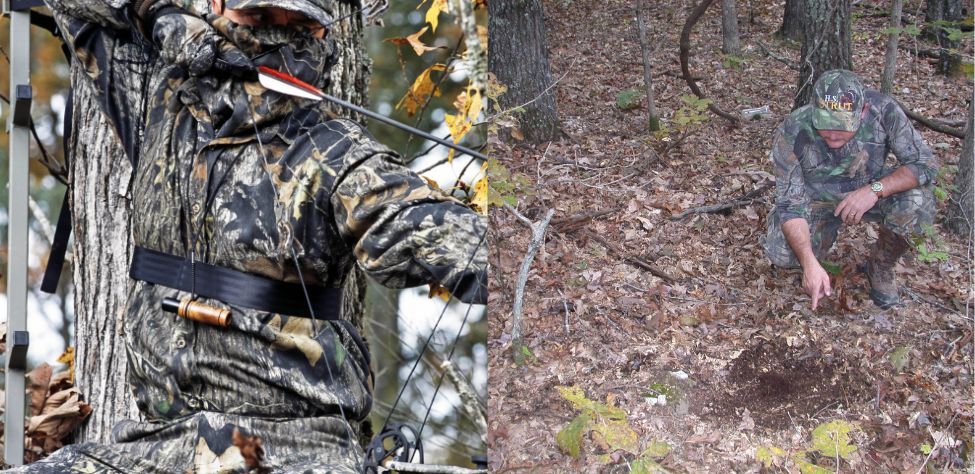
By investing more time in studying the deer, their movement patterns, and learning where they feed, wait to feed, and hold when hunting pressure is on, you’ll be better able to predict at what point in the woods to place your tree stand or ground blind for an effective ambush. Hunters who spend more time learning deer movement than they do hunting will take more deer than those who spend more time hunting than they do studying the deer and their movements. Predicting deer movement is deer hunting’s most important skill.
Looking for more content? Check out our YouTube channel and watch “Why I Rest My Hunting Regions” by John E. Phillips.
Expert Guidebooks on BowHunting Deer: Best Sellers

How to Hunt Deer Up Close with Bows, Rifles, Muzzleloaders and Crossbows
To be more successful as a deer hunter, learn all you can about the animal, the wind, the temperature and the techniques required to get in close.
In this book, you’ll hear about some of the best hunters in the nation who know how to hunt deer close, including one of the greatest archers who ever lived, Howard Hill.
John E. Phillips also shares his own deer stories and hunting tips from 50 years of experience.
VERSIONS: AUDIBLE, KINDLE & PRINT
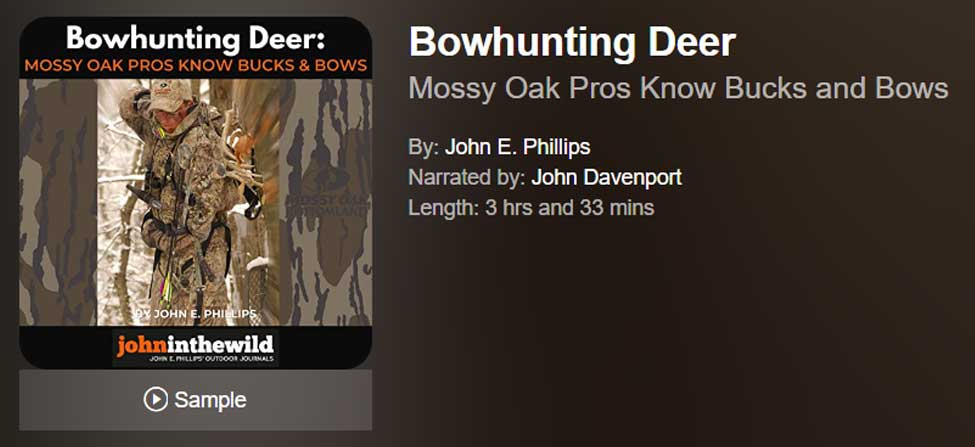
Many deer hunters have told me: “I want a deer-hunting book with regular hunters who are just like me” and “I want a deer-hunting book with the best advice from the best professional deer hunters in the nation”.
Mossy Oak’s Pro Staff is made up of some of the nation’s best deer hunters, professional deer hunters, and TV hosts whose names and advice often are heard in deer camps all over the nation. But many of the more than 1,000 Mossy Oak Pro Staff hunters are everyday, weekend, and vacation deer hunters just like you.
Whether you hunt private or public lands, you’ll find tips and tactics in this book from the Mossy Oak Pro Staff that will increase your odds for locating and taking the bucks of your dreams.
If you’re serious about learning to hunt and take deer with a bow, if you’re looking for a different strategy that will help you identify and harvest big bucks, if you want to learn from your misses as well as from the shots that connect, and if you enjoy being in the great outdoors that the Good Lord has blessed us with, then this book is for you.
VERSIONS: AUDIBLE, KINDLE & PRINT

How to Hunt and Take Big Buck Deer on Small Properties
In this book, you’ll hear from 14 hunters who either have gained permission or leased properties as small as six acres to as much as 250 acres, and how they consistently take older-age-class bucks off these little lands.
VERSIONS: AUDIBLE, KINDLE & PRINT

Jim Crumley’s Secrets of Bowhunting Deer
Using a black magic marker and a gray work jumpsuit, Jim Crumley of Buchanan, Virginia, drastically changed the nature and purpose of hunting camouflage when he created the first sportsman’s camouflage – Trebark. Crumley’s love of bowhunting and his desire to be more invisible changed hunting clothing forever.
In this hunting guide, he shares the wisdom that he’s learned throughout his lifetime about how to be a hunter, how to find a deer lease, how to scout for deer, and more.
Special features include how to:
- Have a magic 60 acres to hunt
- Decide the best equipment to use
- Find deer year-round
- Locate land to hunt
- Know the best place to put your tree stand
- Get bucks within bow range
VERSIONS: AUDIBLE, KINDLE & PRINT

How to Hunt Deer Like a Pro
How do you know if the land you hunt has a trophy deer on it? Wildlife manager Bob Zaiglin, of Uvalde, Texas and Jim Crumley, the father of modern-day hunting camouflage, tells you how to find out. GPS can make finding and taking that trophy buck easier. This hunting guide will teach you how to hunt big bucks where no one else can find them, how to call deer, and how to become versatile as a deer hunter, so that if one deer tactic doesn’t work, another one will.
In the chapter, “How to find Bucks at Scrape,” Dr. Keith Causey, retired professor of Wildlife Science at Auburn University, describes the best way to hunt a scrape.
Brad Harrison of Neosho, Missouri, is a nationally-known videographer, professional deer hunter and master at calling deer. Another master is Will Primos of Primos Game Calls. These two experts will tell the best deer calls and when to use them in this book.
And for over 20 years, Bo Pitman, lodge manager of White Oak Plantation, has been studying deer movement patterns. He explains what types of conditions are best for predicting deer movement.
VERSIONS: AUDIBLE, KINDLE & PRINT

Deer hunting and deer hunters are drastically changing each year. To learn new techniques for hunting deer and have more places to hunt, I’ve interviewed some of the best deer hunters in the nation and share their tactics in How to Hunt Deer Like a Pro: Volume II.
In Chapter 10, Jacob Lamar tells you his tactics for consistently taking older-age-class bucks on public lands in several states. Chapter 11, Bob Walker explains how to find places on public lands where you can hunt that 99 percent of the other hunters never have considered hunting. The Bonus Chapter with David Ramey tells you how, where, when and with what equipment to take big Kansas bucks on public lands by hunting in 100-degree weather when others won’t hunt.
Chapter 13, Mark Drury, his family and his guests take mature bucks every season by having more small places to hunt rather than one large property. Drury explains the strategy of having satellite farms to hunt that only may be 50-150 acres each or less. Chapter 15, Pat Reeve, who hunts far-northern states and Canada, says, “I don’t like hunting for mature bucks until the weather is 20 degrees or less.” Chapter 4, Dr. Larry Marchinton says that funnels are the most-reliable stand sites to hunt for big bucks and tells why.
VERSIONS: AUDIBLE & PRINT
Tomorrow: Prepare Now for the Next Deer Season

